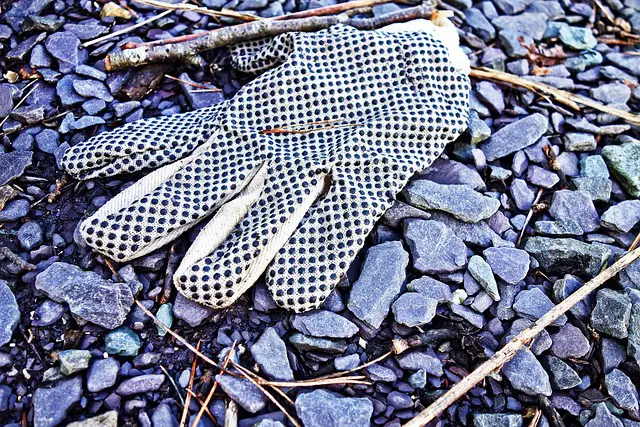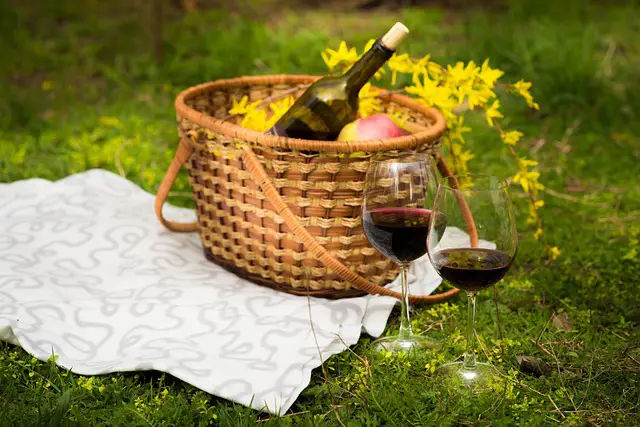Taking care of your garden doesn’t have to be uncomfortable – or unsafe. Having the right pair of gardening gloves ensures you’ll not only get through the day without painful abrasions, but also have extra protection against diseases carried by pests or soil-borne pathogens. Let’s take a look at what you should consider when choosing the right gardening gloves for your needs.
Questions to Ask When Shopping for Gardening Gloves
Before shopping for gardening gloves, there are some important questions you should ask yourself to help you pick out the right pair for your needs.
What Kind of Work Will You Be Doing?
Before purchasing gardening gloves, think about the kind of work you plan to do in your garden. Are you weeding, planting, transplanting plants, pruning, or doing other activities? Knowing what kind of work you plan to do will help determine which type of glove is best for your needs.
What Type of Material Do You Need?
Another important consideration is the type of material you need. Do you want gloves with a breathable, flexible material that won’t make your hands too hot? Or perhaps you need something more durable that will protect your hands from thorns, sharp tools, and other hazards.
What Size and Fit Do You Need?
It’s also important to pick out the right size and fit of gloves. If the gloves are too big, they won’t protect your hands as well, and if they’re too small, you may not be able to do all of your tasks. Make sure you measure your hands and read the instructions on how to buy the right size gloves.
Types of Gardening Gloves
Once you’ve asked yourself the questions above, you can start shopping for the right pair of gloves. There are several types of gardening gloves available, each designed for a specific type of task.
Leather Gardening Gloves
Leather gloves are the best choice for those doing heavier tasks like landscaping or digging in heavily-weeded areas. Leather gloves are strong and durable and will protect your hands from thorns and sharp objects.
Cotton Gardening Gloves
Cotton gloves are best for light tasks such as planting, weeding, and pruning. Cotton gloves are breathable and flexible, so they won’t make your hands too hot, and they offer some protection against abrasions and minor scrapes.
Synthetic Gardening Gloves
Synthetic gloves are best for those who want more protection against chemical irritants, allergies, and soil pathogens. Synthetic gloves are light and flexible, and offer better protection than cotton gloves.
Conclusion
Choosing the right pair of gardening gloves is essential to keeping your hands safe and comfortable while gardening. Make sure to ask yourself the right questions before shopping for gloves, and then pick the type and size that’s best for your needs. With the right pair of gardening gloves, you can enjoy your time in the garden, knowing your hands are safe.




